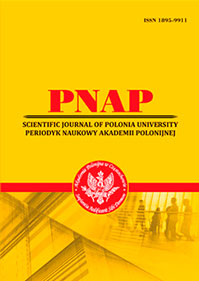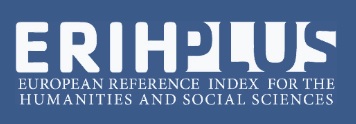THEORETICAL FOUNDATIONS OF RESEARCHING THE FEATURES OF AUDIOVISUAL TRANSLATION
Abstract
The article is devoted to a comprehensive study of the theoretical foundations of audiovisual translation as an independent branch of translation studies, which is becoming increasingly relevant in the context of media globalization.It examines key aspects of the formation and development of audiovisual translation in the context of the rapid expansion of the film industry, television, and the spread of video content on the Internet. A detailed analysis of the main types of audiovisual translation is carried out, in particular subtitling, voice- over (pseudo-dubbing), full dubbing, and multimedia translation, highlighting the specific features, advantages, and disadvantages of each method.The multi-component nature of audiovisual translation is revealed, combining verbal and non-verbal components of communication through four main channels of information flow: verbal audio channel (dialogues, monologues, songs), nonverbal audio channel (sound effects, music, noise), verbal-visual channel (captions, subtitles, graphic elements), and nonverbal visual channel (images, gestures, facial expressions). The critical importance of preserving the integrity of audiovisual content, achieving cultural equivalence, and stylistic consistency in translation is emphasized.The article analyzes the historical development of audiovisual translation from early forms of silent film subtitling to modern high-tech methods, including automated systems and artificial intelligence. The theoretical developments of leading domestic and foreign researchers in the field of audiovisual translation are considered.The peculiarities of translating animated films, which are often based on national folklore and reflect the cultural identity of a particular people, are highlighted separately. Attention is focused on the need to develop specialized strategies to preserve the authenticity and cultural value of such works when adapting them for an international audience.
References
2. Борисова О.В. Відтворення комічного в англо-українському перекладі як перекладознавча проблема (на матеріалі американських анімаційних фільмів). Вчені записки ТНУ імені В.І. Вернадського. Серія : Філологія. Соціальні комунікації. 2020. № 1. С. 76–81.
3. Кам’янець А.Б. Інтертекстуальна іронія і переклад. Київ : Видавець Карпенко В.М., 2010. 176 с.
4. Лукьянова Т.Г. Теоретичні аспекти кіноперекладу з англійської на українську мову. Вісник Харківського національного університету ім. В.Н. Каразіна. Серія : Романо-германська філологія. Методика викладання іноземних мов. 2011. № 973. Випуск 68. С. 183–187.
5. Радецька С.В., Каліщак Т.Т. Субтитрування як вид аудіовізуального перекладу: переваги та недоліки. Філологічні науки. 2016. Книга 2. С. 81–84.
6. Сегол Р. Редагування перекладу аудіовізуаль- них творів для назвучування. Вісник Книжкової палати. 2015. № 1. С. 49–51.
7. Navas L. New Trends in audiovisual trans- lation. Academia.edu Find Research Papers, Topics, Researchers. https://doi.org/10.21832/9781847691552 URL: https://www.academia.edu/28177583/New_Trends_in_audiovisual_translation (дата звернення: 14.10.2024).
8. Viaggio S. Simultaneous Interpreting for Television and Other Media: Translation Doubly Constrained. (Multi) Media Translation: Concepts, Practices and Research / Eds. Y. Gambier, H. Gottlieb. Amsterdam : John Benjamins Pub- lishing Co., 2001. P. 23–33.

This work is licensed under a Creative Commons Attribution 4.0 International License.
 ISSN
ISSN 


.png)




